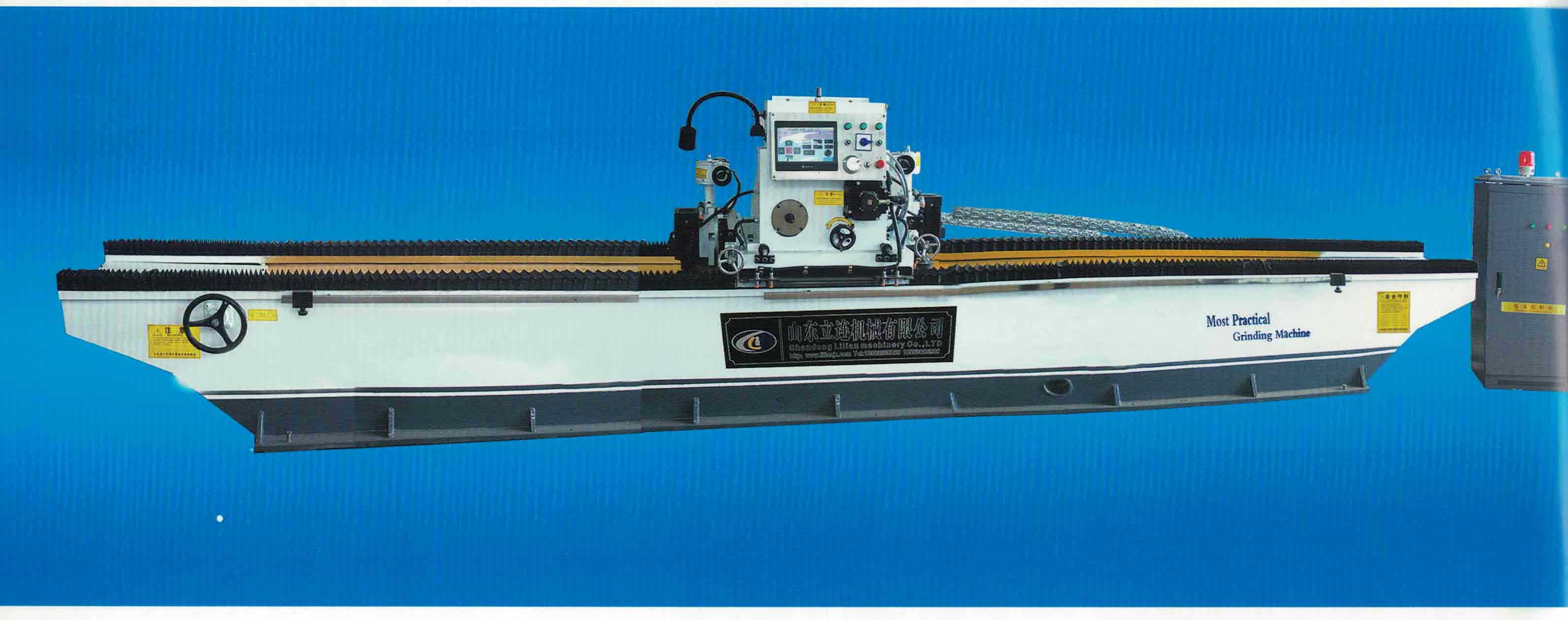13 Jul,2020
As a symbol of modern woodworking machinery, rotary cutting method was patented by Samuel Bentham (1767-1831) in 1791. From 1791 to 1793, Bentham invented seven planer joiners, shaper, molder, matcher and veneer cutting machine, The segment circular saw and sharpening machine for veneer cutting have applied for t patent. These machines have become the ancestors of today's woodworking machines. Therefore, Bentham is known as the father of woodworking machinery. However, according to historical records, the rotary cutter was invented in 1819 by Professor feiser of Russia. At that time, it was called veneer plane. Some people think that the rotary cutter was invented by British engineer fevilear.

In the 18th century, there were two great revolutions, namely, the French political revolution and the British Industrial Revolution,. Promote the rapid development of social productivity, but also promote the development of wood processing mechanization.
With the continuous penetration of new technology, the research of veneer rotary cutting machine has reached a higher level in industrial developed countries. The manufacturing accuracy and processing quality of veneer are getting better and better. For example, the thickness accuracy of veneer of foreign precision rotary cutting machine can reach 0 In order to prevent the veneer from cracking and to brake the rotating wood section, some countries have adopted roller gauges instead of the traditional flat ones. In 1970, Canada carried out the test of the flow control pressure gauge. It is said that this kind of pressure gauge is stable to the wood section. France, USA and Canada have trial produced a kind of vibrating rotary cutter device, which can improve the quality of veneer. Japan also invented a micro adjustment device to further improve the rotary cutting accuracy. Several major plywood producing countries abroad have also made progress in improving the rotary cutting speed and improving the wood utilization rate. The s2p860, sf-2020 and other rotary cutting machines manufactured by angstrok rimona in Italy are relatively advanced. The machine is equipped with an automatic telescopic double shaft and a pressure device. The rotating speed is generally 200-300 r plus in. The production efficiency reaches 70 MV. Canada's rotary cutting machine with hydraulic double chuck shaft and bending resistance device has a speed of 300 R / min; western Germany, the United States, Canada and other countries are also equipped with automatic thickness adjustment device, which can shorten the adjustment time of changing thickness. In order to improve the production capacity of the rotary cutting machine, the rotary cutting machines in West Germany, the United States, Canada, Finland, Italy and other countries are equipped with automatic telescopic double bayonet, compression device to prevent wood core bending, and automatic speed regulator of wood segment, so as to reduce the diameter of wood core.
In theoretical research, some countries have also made great progress, such as the Canadian firntek company. Iunpi J specializes in the basic theory of veneer peeling. Forntek has also made great achievements in veneer research. Marchal of French Chung machining laboratory studied the change of instantaneous phase intersection point in high-density wood rotary cutting. They found out the influence of cutting speed and cutting angle on the rotary cutting basin by large scale research experiments, and studied the relationship between cutting force and these factors. In order to explore new rotary cutting technology, foreign countries are studying and experimenting with ultrasonic veneer rotary cutting.
Some new progress has been made in the research of veneer technology and tool materials. Sabine of France has studied the influence of veneer quality on the processing performance of LVL, which makes the research on the processing mechanism of LVL further. Italian and French scholars have pointed out the shortcomings of the current rotary cutting machine and put forward new ideas of equipment design in the research of veneer process parameters, aiming at improving the quality of veneer Tsutomu takamo of Japan also has articles on high precision surface quality of rotary cutting. Some developing countries have also made gratifying achievements. The calculation of optimal yield of veneer by C.A "baa Teng in Ghana also has a certain influence in the world.